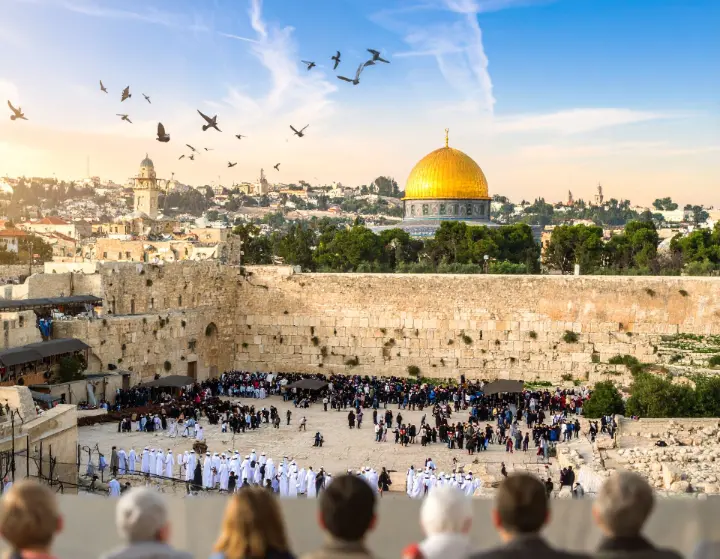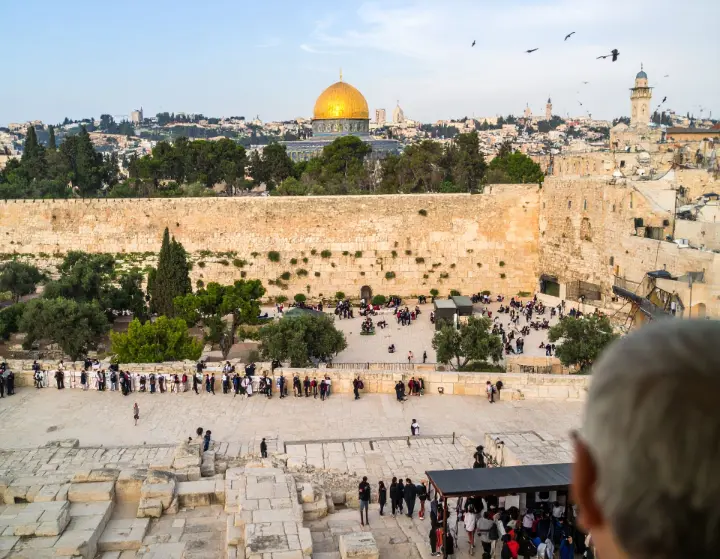Understanding Palestine: A Journey Through History and Struggle
1. Ancient Times: Canaan, Hebrews, and Empires
The land now called Palestine has been inhabited for thousands of years. Archaeological evidence places ancient Canaanite civilizations in the region as early as 3000 BCE. This area, situated between the Mediterranean Sea and the Jordan River, was a cultural and commercial crossroads.
By around 1200 BCE, the Hebrews (later called Israelites) emerged in the region. The Kingdoms of Israel and Judah ruled parts of the land until they fell to larger empires — first the Assyrians and then the Babylonians, who destroyed the First Temple in Jerusalem in 586 BCE.
Later, the land came under Persian, Greek (under Alexander the Great), and Roman rule. After a failed Jewish revolt in 135 CE, the Romans renamed the area Syria Palaestina — a reference to the ancient Philistines, meant to erase Jewish ties to the land.
2. The Islamic and Ottoman Eras
In the 7th century CE, Muslim armies conquered the region, and it became part of various Islamic caliphates. Under Muslim rule, Jerusalem became a city of major religious significance — especially after the construction of the Al-Aqsa Mosque, the third holiest site in Islam.
From 1517 to 1917, Palestine was part of the Ottoman Empire. During this time, it was a multi-ethnic, multi-religious land — home to Muslims, Christians, and Jews, who largely coexisted peacefully. The region remained underdeveloped and rural, with Jerusalem and a few other cities serving as religious centers.
3. The British Mandate and Rising Tensions
At the end of World War I, the Ottoman Empire collapsed, and Britain took control of Palestine under a League of Nations mandate. This era saw rising tensions between Arabs and Jews.
In 1917, Britain issued the Balfour Declaration, supporting “the establishment in Palestine of a national home for the Jewish people.” At the time, Jews made up about 10% of the population; Palestinian Arabs, both Muslim and Christian, made up the vast majority.
Jewish immigration, especially from Europe, increased rapidly in the 1920s and 1930s — fueled by rising anti-Semitism, pogroms, and later the horrors of the Holocaust. Palestinian Arabs resisted, seeing the growing Jewish population and British support as a threat to their own national aspirations.
This period was marked by revolts, riots, and deepening division.
4. The Partition and Creation of Israel (1947–1948)
In 1947, the United Nations proposed partitioning Palestine into two states — one Jewish and one Arab — with Jerusalem as an international city. Jewish leaders accepted the plan; Arab leaders rejected it, arguing it was unfair and dispossessed the native Arab majority.
In 1948, after British withdrawal, Jewish leaders declared the State of Israel. Arab nations invaded in response, leading to the first Arab-Israeli War.
Israel won the war and gained more territory than was allotted by the UN plan. Over 750,000 Palestinians were expelled or fled from their homes — an event Palestinians call the Nakba ("catastrophe"). Most were never allowed to return.
5. Occupation and Settlements: 1967 and Beyond
In the 1967 Six-Day War, Israel captured the West Bank, Gaza Strip, and East Jerusalem — territories that Palestinians claim for a future state. Israel has occupied these lands ever since, with varying levels of military control and settlement expansion.
Today, over 700,000 Israeli settlers live in the West Bank and East Jerusalem, despite international law considering these settlements illegal. Palestinians in these territories live under military occupation, face restrictions on movement, and endure frequent violence and home demolitions.
Meanwhile, Gaza — governed by Hamas since 2007 — is under a blockade by both Israel and Egypt. The UN has repeatedly described living conditions in Gaza as dire, with limited access to clean water, electricity, and medical care.
6. The Peace Process and Its Collapse
Multiple peace efforts — from the Oslo Accords in the 1990s to U.S.-brokered negotiations — have failed to produce a lasting solution. Key issues include:
- The status of Jerusalem
- The right of return for Palestinian refugees
- Borders and Israeli settlements
- Security guarantees for both sides
The idea of a “two-state solution” remains supported internationally, but on the ground, prospects for peace have dwindled. Many now speak of a “one-state reality” — where unequal rights persist between Israelis and Palestinians.
7. The Current Situation (As of 2025)
As of 2025, the situation remains tense. Periodic violence between Israel and armed Palestinian groups — especially in Gaza — continues. The October 2023 conflict, sparked by a Hamas attack and followed by a major Israeli military response, resulted in thousands of civilian casualties and widespread destruction in Gaza.
The international community remains divided. While the U.S. has historically backed Israel diplomatically and militarily, public opinion — especially among younger Americans — is shifting. Many now call for greater attention to Palestinian human rights and an end to the occupation.
Conclusion: A History Still Being Written
Palestine is not just a place on the map — it is a symbol of history, resistance, and displacement. Its story is woven with religion, colonialism, war, and a longing for justice and peace.
Understanding Palestine’s history is not about taking sides. It’s about seeing the people, hearing their stories, and recognizing the deep-rooted complexity of one of the most emotional and unresolved conflicts of our time.
Only by understanding the past can we hope for a better future — for both Palestinians and Israelis.


